If there’s anything that matters as much as or more than the course materials themselves, it's the course curriculum. Building a curriculum that’s easy to navigate for your users will increase their engagement and ensure student success.
Contents
A well-structured curriculum will help you provide a clear roadmap to your students. If the curriculum is easily understandable, it will benefit both the students and the course instructors.
However, you need to know the right strategies and have the right tools to create the best curriculum for your students.
That’s why in this blog, we’ll talk about the best strategies for building a curriculum and what tools you might need.
Understanding the Basics of Building a Course Curriculum
The curriculum is a course's fundamental blueprint. It shows teachers and students how to reach certain educational goals. A course curriculum has various fundamental aspects, such as learning goals, content, teaching methods, and interactive content.
Course content refers to the material that will be covered, while instructional methods detail the approaches and techniques teachers will use to facilitate learning. Knowing these details helps students decide whether a course is the right one.
But how exactly does a well-built curriculum help the students?
Well, your LMS can benefit from a well-structured curriculum in many ways. To name a few:
- Streamlines the educational process for your students by providing clear milestones and learning paths, enhancing learning efficiency.
- Keeps the students actively involved and motivated through interactive elements and diverse teaching methods, improving engagement.
- Allows continuous assessment and feedback, helping your students monitor their progress and areas for improvement.
- Adapts to different learning styles and paces, ensuring all students find the course accessible and challenging.
- Aligns course objectives with industry standards and career expectations, making your students more competitive in the job market.
Best Practices of Building a Course Curriculum
Given how beneficial well-structured curriculums are, there’s no option but to create one for your LMS to ensure more growth for your students and platform. But, you might feel overwhelmed about where to start and what to keep in order to build the best curriculum.
To make your job easy, we've compiled a list of things you must consider while creating the course curriculum. Here’s what we've found.
Analyze Learner Needs
When building courses or curriculums, the first thing you should focus on is analyzing learner needs. The better you know your learners, the more precisely your curriculum will align with their expectations.
As a result, the learning process will be easier for the students. On top of that, overall engagement and course completion will skyrocket, making your lMS a more successful platform. But that’s not going to happen overnight.
If you don’t know what your students want or what might benefit them, here’s what you can do to learn more about their needs.
- Conduct surveys and feedback sessions to gather direct input from students about their preferences and challenges.
- Analyze course performance data to identify patterns in engagement and areas of difficulty.
- Organize focus groups with diverse students to gain deeper qualitative insights.
- Review industry trends and job market requirements to align curriculum with real-world expectations.
- Implement trial periods for new courses to gather preliminary feedback and make adjustments before full launch.
Define Learning Objectives and Outcomes
Being able to understand the learning objectives and outcomes is a really important factor for the students who are considering joining your course. It helps the students determine how this course is going to help them.
That’s why you need to state SMART objectives in your curriculum. And by smart, we mean specific, measurable, attainable, relevant, and timely. If each course curriculum is set considering the student's benefits, you’ll see better engagement from your students.
Here’s something you can do to make your learning objectives and outcomes more clear:
- Use the SMART framework to create specific and measurable objectives.
- Develop objectives that reflect both knowledge acquisition and skill development.
- Ensure objectives are aligned with broader educational goals or standards.
Choose the Right Content and Materials
If your course curriculum does not have the right content and materials, it will be difficult for the students to learn. Your content needs to be informative, relevant, and accurate to ensure student engagement.
Just having the right content in your curriculum is often not enough! That’s where materials come in. Say you teach about video editing. If your course curriculum has a section where students can easily download the necessary tools, it’ll make their job easier.
Here are some tips on how to choose the right content and materials for your course curriculum:
- Evaluate content for accuracy, relevance, and engagement potential.
- Incorporate a variety of materials, including textbooks, digital resources, and interactive tools.
- Regularly update materials to reflect the latest information and educational practices.
Design the Course Structure
Creating an appealing course structure means organizing activities and material in a way that makes sense and helps students learn easily. You should also focus on ensuring that students have a variety of learning experiences to keep them interested and involved.
Here are some things you can keep in mind while designing the structure:
- Plan modules that logically progress from simple to complex topics.
- Ensure each module builds on the knowledge of the previous one.
- Balance theoretical content with practical activities to enhance learning.
Incorporation of Interacting Materials
Regardless of the great content in your course curriculum, students will get bored if there’s a lack of interactive materials. Also, learners getting bored is by no means a good sign for any LMS.
But that can easily be prevented if your curriculum includes the right elements, such as quizzes, badges, points, etc., to give the students a break from the long, dreadful learning materials.
Apart from these, here are a couple of ideas that might be helpful in order to make your course curriculum more interactive.
- Implement active learning strategies like problem-based learning and case studies.
- Use technology to create interactive and collaborative learning environments.
Implement Assessment and Feedback Mechanisms
While online courses offer many benefits, they lack one thing and one thing only. That’s the personal one-to-one feedback and instant assessments. Lately, with the right tools in place, you can implement instant assessments and feedback for your learners.
These feedbacks and assessments help students clear each module with full confidence, without questions or confusion. Not sure how you can implement this in your curriculum?
Well, here are some ideas:
- Develop a variety of assessment methods to cater to different learning styles.
- Use formative assessments for ongoing feedback during the course.
- Incorporate peer and self-assessment opportunities to foster reflective learning practices.
Building a Curriculum for Your LMS Using WishList Member: 4 Easy Steps
Needless to say, by now, you already know how important building a curriculum is to ensure student success. Yet, many online tutors struggle with building the perfect curriculum as their LMS platform cannot do what they want.
That’s where WishList Member comes in.
This WordPress plugin can help you build a course just the way you want, with as many modules, course sections, and interactive materials as you want. And that’s not it. This plugin will help you accept recurring course payments in different ways as well.
But before we get into making money, let’s build a course curriculum for your students.
Step 1: Download and Install WishList Member
First thing first, go to WishList Member plans and choose the perfect plan for you. Then, go to your WordPress dashboard and click on Plugins. On the next page, click on Add New Plugin.
Then, hit the Upload Plugin button and choose the zip file you downloaded from the WishList Member website.
Step 2: Activate The Necessary Add-ons
Having multiple add-ons for various purposes is the reason why WishList Member is able to offer so many different features. And that’s why you should check out and actiavete the necessary add-ons for you.
To do that, click on Add-ons from the WishList Member menu and simply activate the ones you want. If not anything, make sure to activate the Coursecure Courses, Points, Badges, and Quizzes add-ons.
Step 3: Create Course Curriculum structure
Once you've activated the necessary add-ons, it’s time to create the curriculum structure for your course. WishList Member lets you create as many modules as you want with the help of the CourseCure Courses add-on.
Go back to the WordPress homepage and click on the Courses option from the CourseCure menu. Give a suitable title and click Apply.
On the next page, you’ll be able to add as many modules and lessons as you want to your courses.
You can even design each lesson using the drag-and-drop builder WishList Member offers. Play around with all the tools until your curriculum looks exactly how you want it.
Step 4: Add Interactive Materials
A course curriculum is never 100% ready until you add interactive materials to your course. And this is where WishList Member Shines. Let’s start by adding quizzes. You can either go to the Quizes menu and add quizzes.
Or add quizzes as you build your curriculum.
Then, you've the option to set up points for your users to receive after successfully completing a certain task. This can be completing a module, quiz, or maybe a comment.
Here are the triggers based on which you can give out points.
Now that your students can earn points, how are they going to spend those? They can redeem badges, free courses, etc., using the points.
You can create badges anyway to give out to students upon completion of certain activities. To do that, click on badges, then hit the + sign.
You can give out badges based on the following triggers.
Now that your course curriculum contains enough interactive elements, you’re more likely to receive better engagement and course completion.
Make Your Students’ Life Easy With Well Structured Course Curriculums!
We hope you found this blog helpful and enlightening about the steps you need to follow to create the best course curriculum for your students. Always consider your learners' opinions and what might be beneficial for them while creating your course curriculum.
If you feel like your current LMS is limiting your creative freedom when it comes to building a curriculum, give WishList Member a try. This plugin can help you create course curriculums that are actually beneficial for the students.
Don’t forget to reach out to us if you've any questions or would like to share any ideas that we should include in this blog.
Enjoyed this article?
Follow us on Twitter, Facebook, YouTube, and LinkedIn. Plus, get notified about feature updates, upgrades, and more when you subscribe to our newsletter!



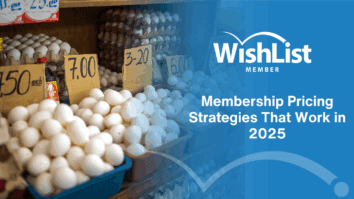

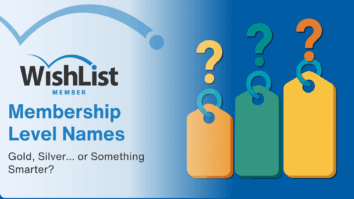

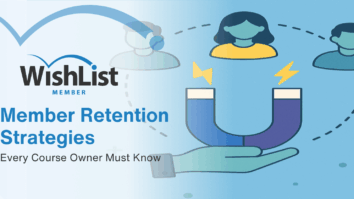
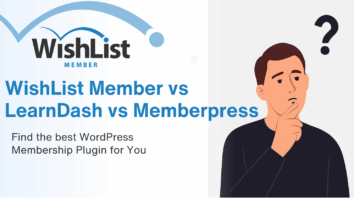

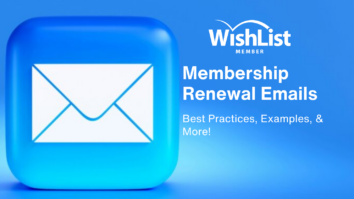
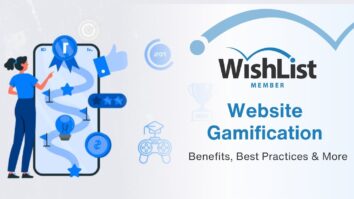

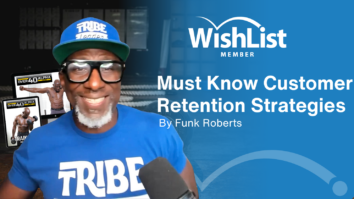











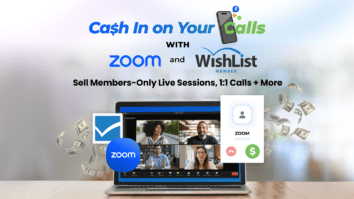

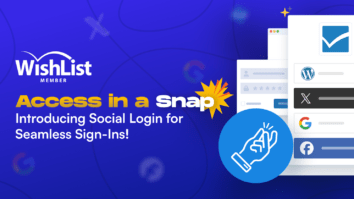












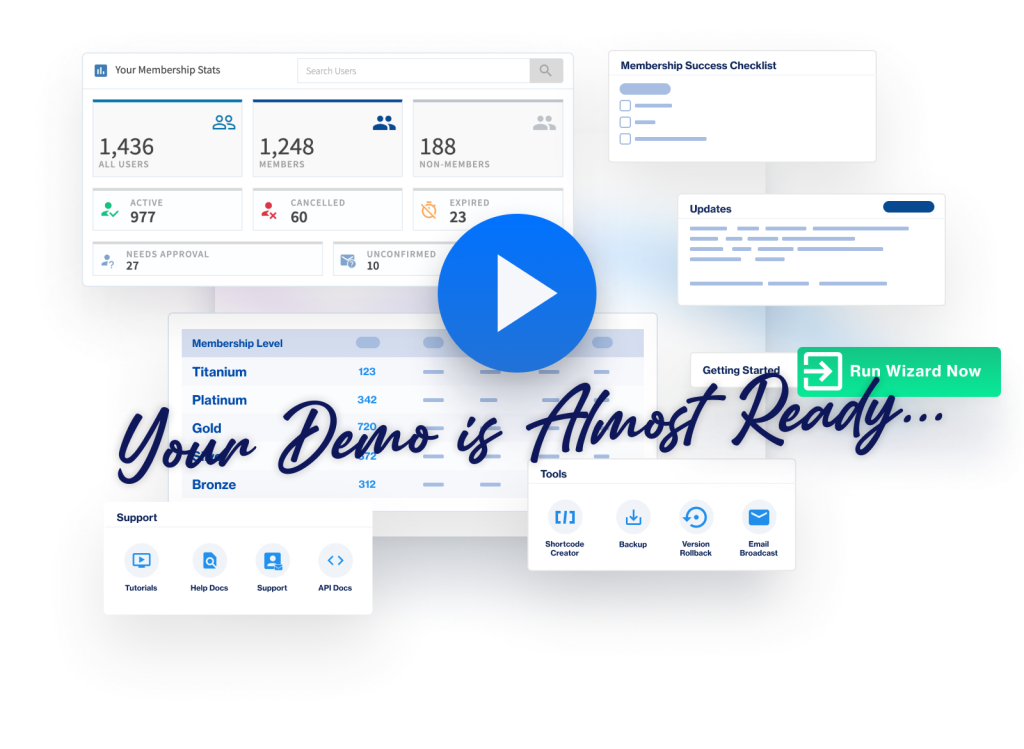
This Post Has 2 Comments
Your blog has become an indispensable resource for me. I’m always excited to see what new insights you have to offer. Thank you for consistently delivering top-notch content!
We’re happy to hear that, Lilian!